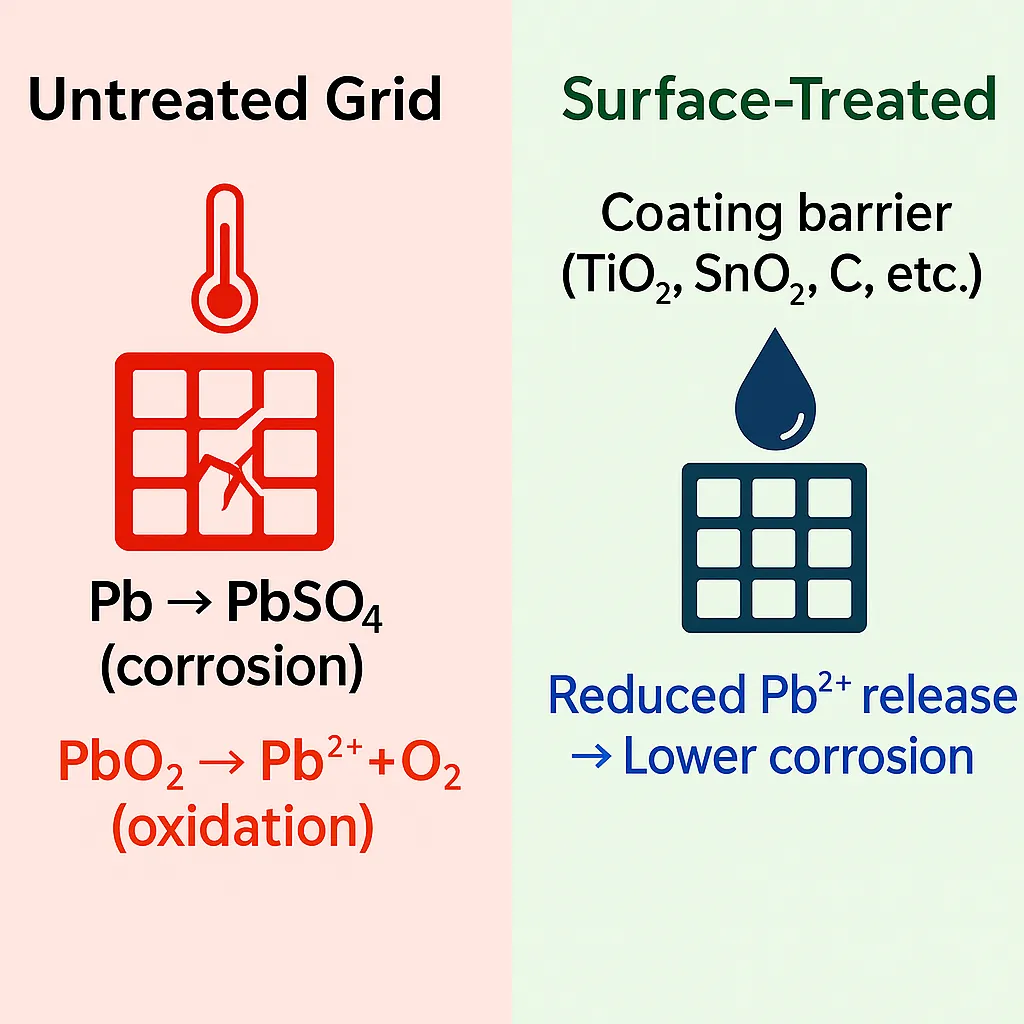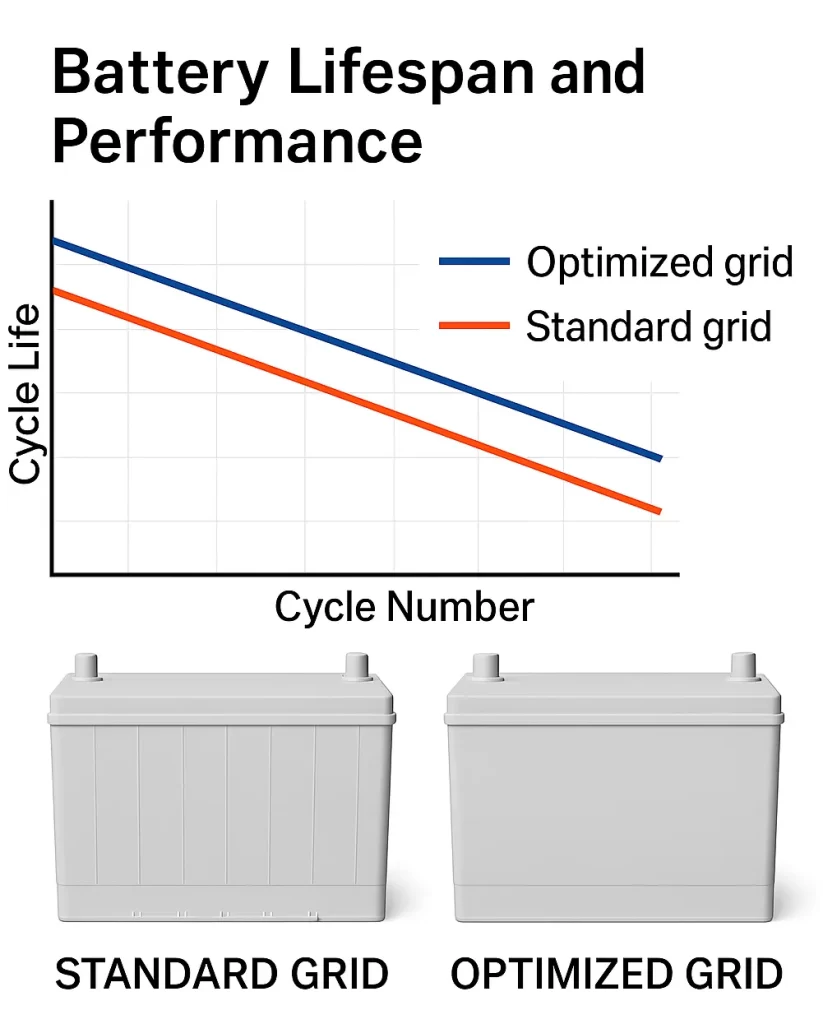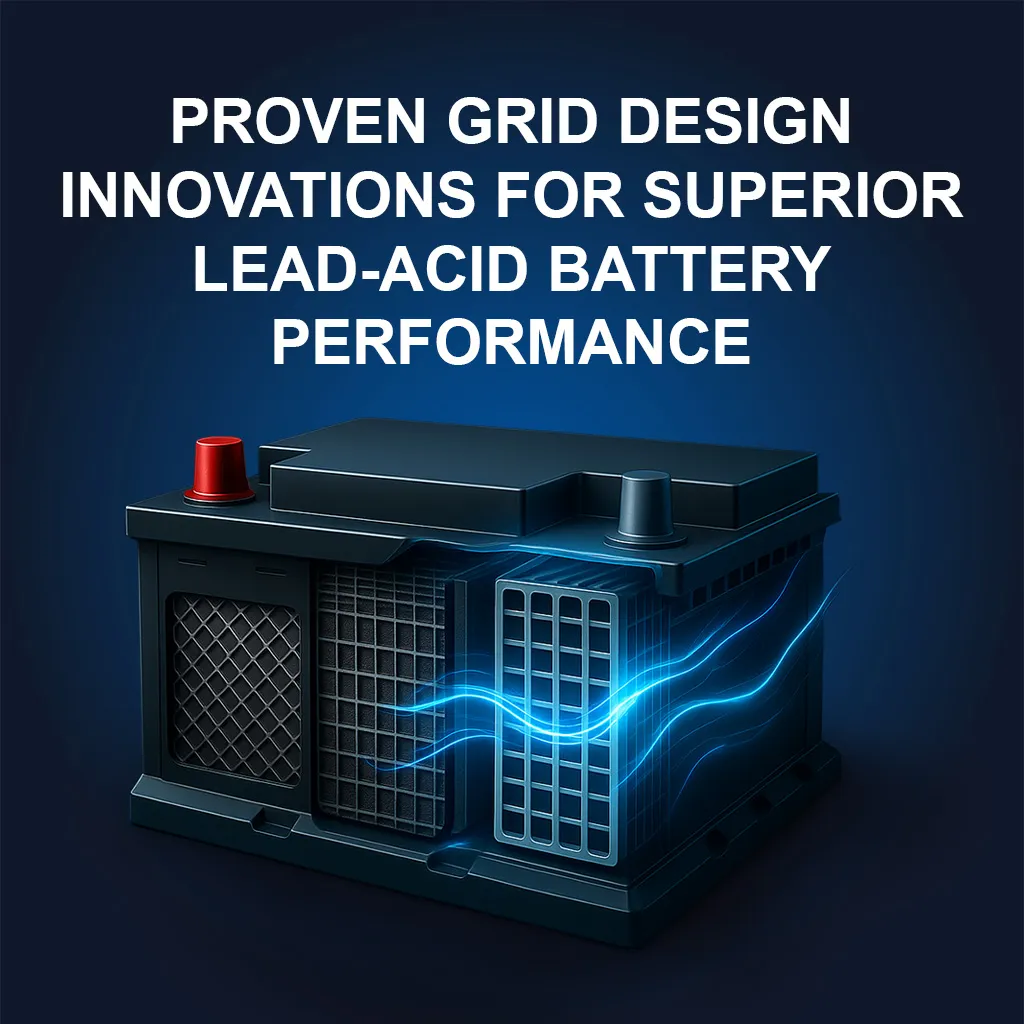In the fast-evolving energy storage landscape, lead-acid batteries remain a cornerstone for automotive, industrial, and renewable energy applications. The grid design within these batteries is critical, directly influencing efficiency, durability, and overall performance. As industries demand reliable, long-lasting energy solutions, innovations in grid design are key to meeting these needs.
This article explores how optimised grid designs enhance lead-acid battery performance, making them ideal for engineers, technicians, and energy system integrators.
Benefits of Advanced Grid Designs
Optimised grid designs are pivotal in enhancing lead-acid battery functionality. From improving electrical conductivity to extending lifespan, these designs address critical performance factors:
- Enhanced Conductivity: Streamlined grid structures minimise internal resistance, enabling faster charge and discharge rates for superior energy efficiency.
- Prolonged Lifespan: Corrosion-resistant grids withstand frequent or deep discharges, ensuring consistent performance over extended cycles.
- Higher Energy Density: Lightweight, robust grids allow for increased active material, boosting capacity without adding weight.
- Cost Savings: Durable grids reduce maintenance and replacement frequency, lowering the total cost of ownership.
- Thermal Stability: Well-engineered grids manage heat distribution during high-rate operations, mitigating thermal stress and enhancing longevity.

Surface-treated grids, often coated with materials like TiO₂ or SnO₂, form a protective barrier that reduces lead oxidation, Pb²⁺ ion release, and grid cracking. This enhances durability, improves active material adhesion, and extends lifespan, particularly in Valve-Regulated Lead-Acid (VRLA) and stationary applications.
Technical Insights: Industry-Leading Grid Technologies
Modern lead-acid battery production relies on advanced grid technologies, each tailored to specific applications. Below is an overview of key designs:
1. Expanded Metal Grids
- Process: Mechanically expanded metal sheets form a mesh-like structure.
- Advantages: Reduces material use, enhances conductivity, and ensures uniform paste adhesion.
- Applications: Automotive and industrial batteries requiring efficient current flow.
2. Surface-Treated Cast Grids
- Process: Cast grids undergo etching, blasting, or coating for enhanced surface properties.
- Advantages: Superior corrosion resistance and stronger active material bonding for longer life.
- Applications: VRLA batteries and stationary backup systems.
3. High-Purity Lead Alloy Grids
- Process: Utilises refined lead-calcium-tin alloys with controlled compositions.
- Advantages: Excellent corrosion resistance, minimal gas evolution, and maintenance-free operation.
- Applications: UPS, telecom, and solar backup systems.
4. Electroformed Grids
- Process: Electrochemical deposition ensures precise control over grid thickness and microstructure.
- Advantages: Exceptional conductivity and corrosion resistance for high-performance needs.
- Applications: Premium VRLA batteries, telecom, and aerospace.
Table 1: Comparative Overview of Lead-Acid Battery Grid Technologies
| Grid Type | Manufacturing Process | Key Advantages | Main Applications |
| Expanded Metal Grids | Mechanically expanded metal sheets | Reduced material use, improved conductivity, uniform paste adhesion | Automotive, industrial batteries |
| Surface-Treated Cast Grids | Cast grids with etching, blasting, or coating | Enhanced corrosion resistance, longer life | VRLA, stationary backup systems |
| High-Purity Lead Alloy Grids | Refined lead-calcium-tin alloys | Corrosion resistance, maintenance-free | UPS, telecom, solar backup |
| Electroformed Grids | Electrochemical deposition | Superior conductivity, ideal for high-rate applications | High-performance telecom, aerospace |

Frequently Asked Questions (FAQs)
Conclusion
Grid design is a game-changer for lead-acid battery performance, driving efficiency, durability, and cost savings. By leveraging advanced materials and manufacturing techniques, optimised grids deliver stable voltage, superior charge acceptance, and reduced maintenance. For industries seeking reliable energy storage, advanced grid technologies remain one of the most effective innovations in battery engineering.
References
US Patent 5762654A. (1998). Method for making lead-acid grids and cells and batteries using such grids. Google Patents link
WO Patent 2000035036A1. (2000). Lead-acid cells, batteries and battery grids. Google Patents link
Pavlov, D. (2017). Lead–Acid Batteries: Science and Technology (2nd ed.).. Elsevier “Lead-Acid Batteries: Science and Technology” Elsevier Shop
Warlimont, H., & Hofmann, T. (2004). Technical and economic advantages of making lead–acid battery grids by continuous electroforming. Journal of Power Sources, 133, 14–24. https://doi.org/10.1016/J.JPOWSOUR.2003.12.004

